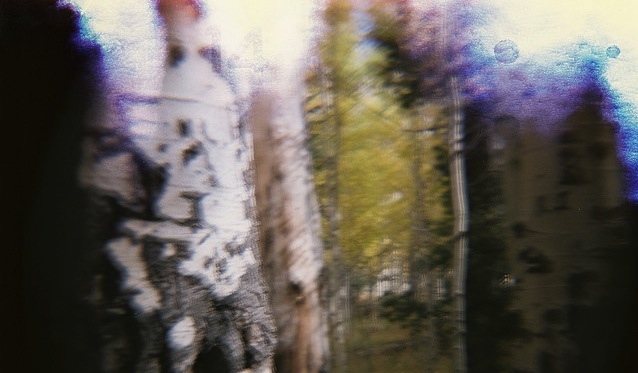This is the first in a series of articles that investigates hybridity as it relates to our positions as teachers and scholars, but also as learners, composers, and community members. We also consider the impetus for the naming of this journal and propose various directions the conversations might take us. Click here for part two, “What is Hybrid Pedagogy?” Click here for part three, “What Does Hybrid Pedagogy Do?”
A critical mind usually avoids binaries. We know that more than two political parties can exist, that gender is constructed, and that emphatic absolutes kill conversation. We live in a world of negotiated hybridity on a variety of levels. Everything about the word calls up a vision of science and the future: hybrid cars, hybrid humans, hybrid flower seeds. Rarely do we consider the applications of a term that floats around us and permeates our daily experiences. Hybridity, as this journal proclaims, is foundational to teaching and learning. What does this kind of hybridity imply?
The most obvious definition of the term “hybrid” within learning communities is that we function in two spaces: digital space and empirical space. (The fact that the word “empirical” does not actually oppose the word “digital” speaks to the difficulty of imagining a “digital” space that isn’t also a “hybrid” space.) We live simultaneously in the realm of physics and data; maybe we forget that the latter is still governed by the former. (Aside: It’s interesting to note the proliferation of “physics games” in the last several years, as data sets attempt to mirror the physics of our world.) As technologically engaged teachers we create some experiences designed for engagement via electronic media. Our teaching, and the learning it encourages, is hybrid in that it combines the classroom space and the digital space.
As a second layer of hybridity, consider how our own experience of the world, as non-scholarly humans, is mediated through technology. The smart phones and iPads we carry, the GPS we depend on, the YouTube clips we share at parties, all shape our understanding of the world. We don’t put the technology away when class is over. This is the realm of the posthuman, energetically discussed in Jesse’s work elsewhere on this site (Student 2.0) and in his dissertation (Pity Poor Flesh) along with plenty of other scholars. Sherry Turkle’s discussion of this kind of hybridity has been one of the most public and critical of our dependence on networked devices and robotics. Her 2010 book Alone Together: Why We Expect More from Technology and Less From Each Other (discussed in this fantastic interview by On Being) serves as quite a counterargument to the lauds many of us heap on digital culture. Whether a more general hybridity is healthy for us or not, we cannot argue with its present ubiquity.
In a series of posts over the next several weeks, we will further investigate this notion of hybridity as it relates to our positions as teachers and scholars, but also as learners, composers, and community members. Consider your own relationship to the term, and let us know if you imagine other definitions of hybridity that might generate productive discussion.
In You Talkin’ to Me? Rhetoric from Aristotle to Obama, Sam Leith writes:
Like a fish in its water, we can and do swim in [argument] unthinkingly. But there is so much that you miss out on if you don’t stop to think about it. Understanding rhetoric makes you better able to appreciate its wonders and pleasures; it equips you better to use it yourself . . . But it’s even more than that. To think about rhetoric is to think about something central to the foundation of our politics, to the DNA of our culture and to the basic workings of the human mind (9).
Technology, for many of us, has become the water in which we swim. We use it, sure; but do we consider its implications? Are we in the best ocean? A fish can’t become conscious of water the same way that we can step back to critically evaluate our relationship to technology. That evaluation requires a close analysis of hybridity.
Click here for part two, “What is Hybrid Pedagogy?”
[Photo by kevin dooley]

